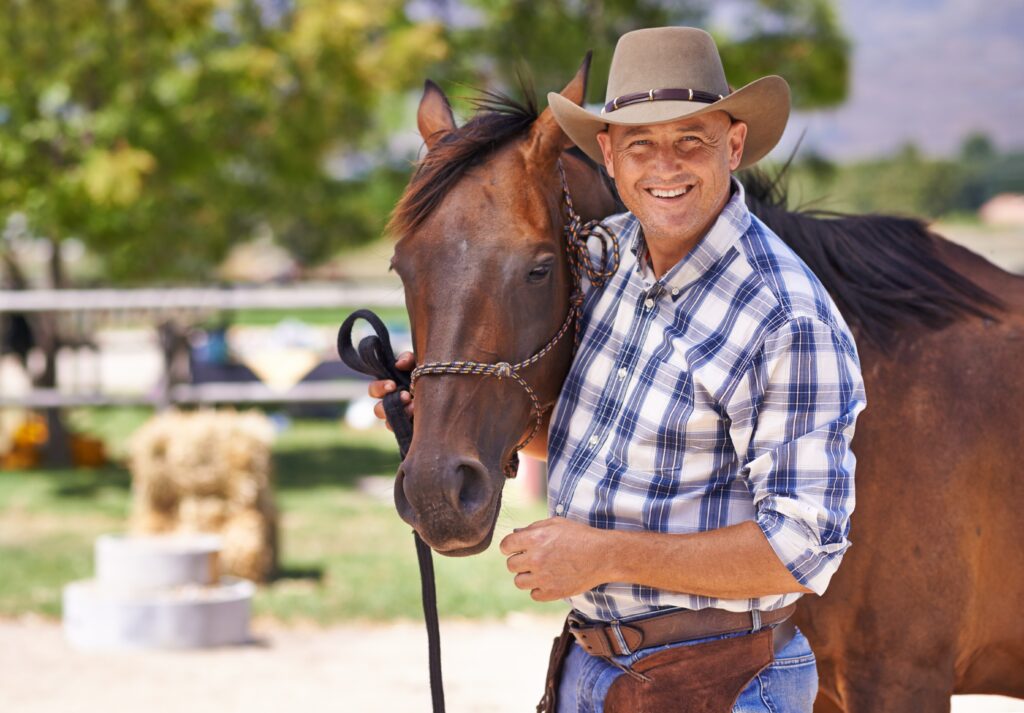Every modern cowboy must master a distinct set of skills to navigate the challenges of contemporary ranching life. These skills blend time-honored techniques with modern-day practices, ensuring sustainability and efficiency. Understanding these essential skills can transform how one approaches ranching and elevate their success in the field.
Ranching in the 21st century requires a unique balance of tradition and innovation. From classic cowboy techniques like roping and riding to implementing sustainable practices, today’s cowboys are versatile and adaptive. These abilities not only honor the legacy of cowboys but also integrate advancements that help in tackling modern challenges.
Sustainability has become a vital component, with the modern cowboy’s role in sustainable ranching practices being more important than ever. As the landscape of ranching evolves, these skills ensure that the essence of cowboy culture thrives while meeting the needs of the present. Explore these 10 essential skills that every modern cowboy should know.

Essential Ranching Techniques
Mastering ranching techniques is central to the success and sustainability of modern ranching operations. Key areas include understanding animal care, managing land and grazing, and practicing efficient herding.
Animal Husbandry Basics
Animal husbandry involves caring for the health, breeding, and well-being of livestock. Proper nutrition is critical, requiring a balanced diet tailored to the specific needs of different animals. Vaccinations and regular health checks are non-negotiable to prevent diseases and ensure the longevity of the herd.
Breeding programs should focus on genetic diversity and improving desirable traits like disease resistance and productivity. Additionally, attention to behavior and stress management, such as providing comfortable housing and minimizing noise, leads to healthier, more productive animals.
Land Management and Grazing Strategy
Effective land management ensures the long-term viability of the ranch. Rotational grazing is a fundamental practice where livestock are moved between pastures to allow vegetation to regenerate. This technique prevents overgrazing and promotes biodiversity.
Soil health is paramount and includes practices like soil testing, fertilization, and erosion control. Water resources on the land must be managed efficiently to avoid depletion and contamination. Using sustainable practices helps maintain the land’s productivity and supports the ecosystem.
Effective Herding Practices
Herding is both an art and a science, requiring skill in guiding and managing livestock efficiently. Modern cowboys use a combination of traditional methods and new technologies like GPS and drones. Understanding animal behavior is vital, as it helps in predicting and directing their movements.
Dogs trained for herding can significantly enhance efficiency. Clear signals and commands facilitate smoother operations. Additionally, safety protocols protect both the animals and the workers. Efficient herding practices save time and labor, enabling more focused attention on other ranching tasks.
Taking these techniques into account leads to a more successful and sustainable ranch operation.
Advanced Cowboy Know-How
Being a modern cowboy involves mastering various advanced skills. These include adept horseback riding, precise roping techniques, and essential veterinary first aid to maintain animal health.
Horseback Riding and Handling Skills
Horseback riding goes beyond basic riding; it requires advanced handling skills to effectively manage and guide a horse. Cowboys need to understand how to communicate with the horse through subtle movements and pressure, ensuring that the animal responds accurately.
Proper saddle fitting is crucial for the horse’s comfort and the rider’s safety. They must also know how to care for the horse’s hooves and recognize signs of discomfort or injury. Mastery of advanced maneuvers such as sliding stops, spins, and lead changes is essential for tasks like cattle herding and competitive events.
Roping Techniques and Equipment Care
Effective roping is a critical skill, requiring precision and speed. Cowboys must master various roping techniques, such as the head catch, heel catch, and cradle catch. They also need to practice frequently to maintain proficiency, as roping a moving target while riding requires exceptional coordination.
Proper maintenance of roping equipment is equally important. This includes checking ropes for wear, ensuring lassos are properly coiled, and maintaining saddle horns and other gear. In-depth knowledge of different types of ropes and their specific uses can greatly enhance roping efficiency and safety.
Veterinary First Aid and Animal Health Monitoring
Recognizing and treating common animal ailments is essential for any cowboy. Being proficient in veterinary first aid means monitoring animal health closely, including checking for signs of disease or injury. They should know how to administer basic treatments and when to seek professional veterinary assistance.
Essential skills include bandaging wounds, treating infections, and administering injections. Monitoring the herd for changes in behavior, appetite, and general well-being helps in early detection of health issues, ensuring prompt response to prevent widespread problems. Regular health checks and vaccinations are crucial practices to maintain the overall health of the herd.
Together, these advanced skills ensure that modern cowboys are well-prepared to manage ranching challenges effectively and humanely.
